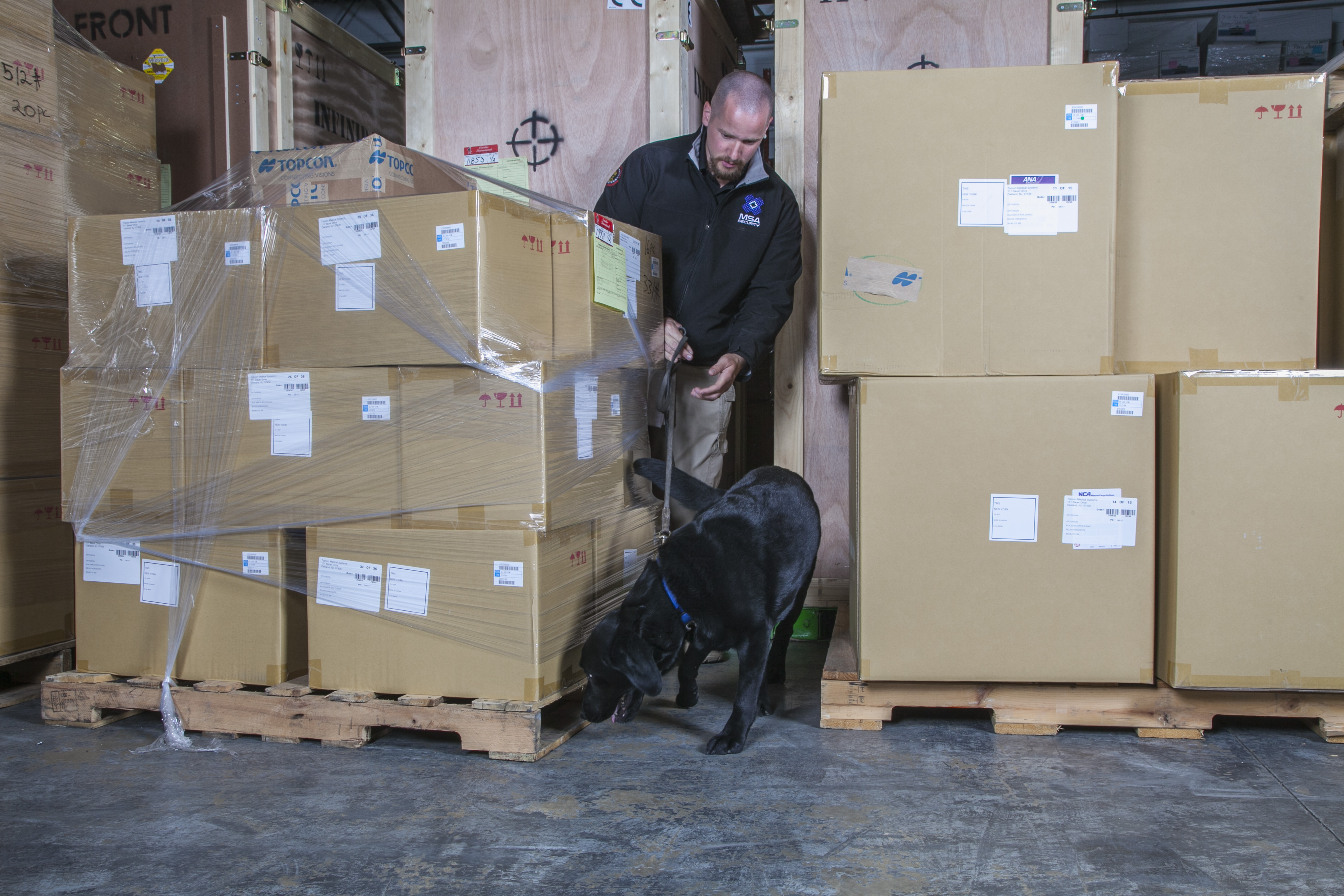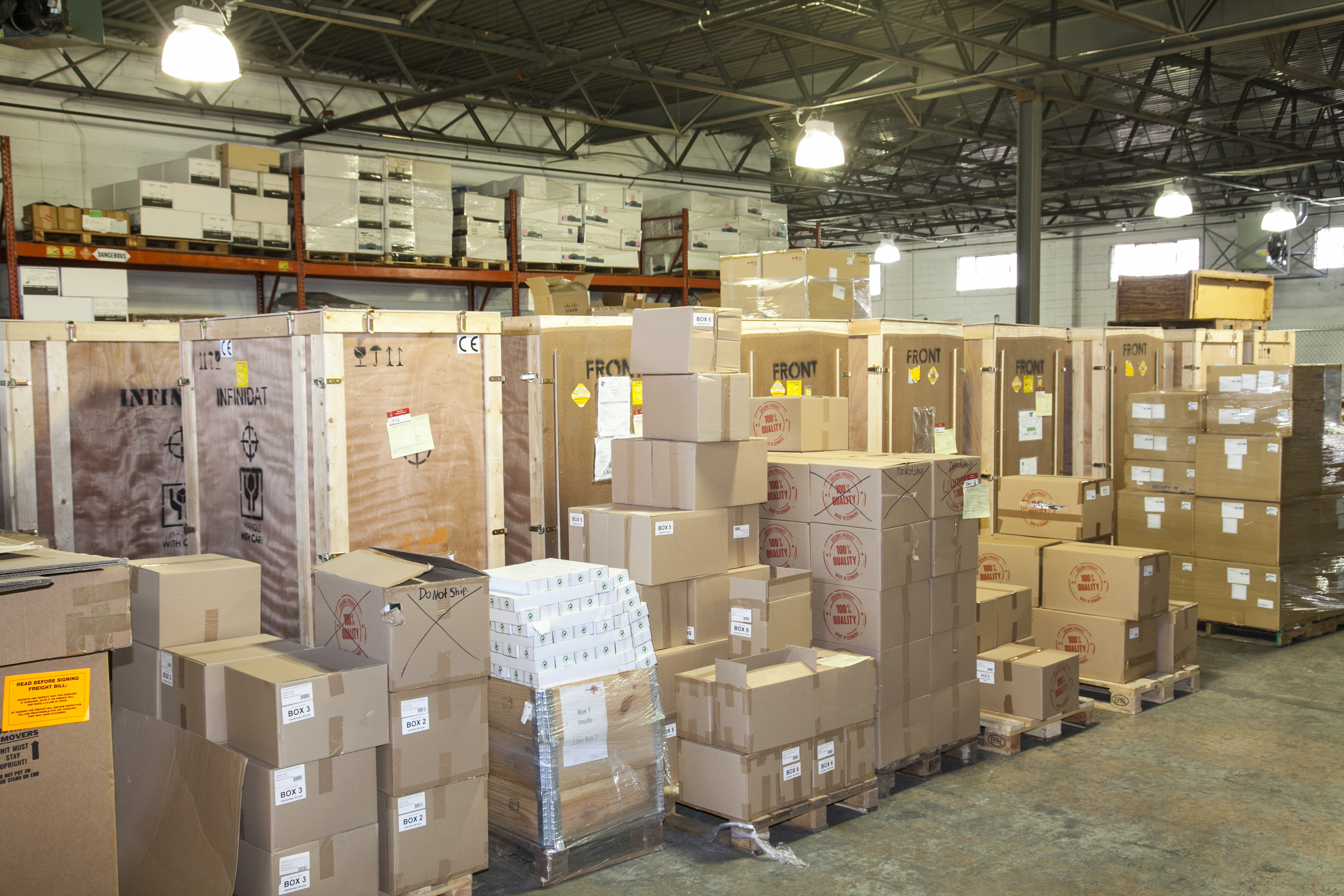As the air cargo and aviation sectors continue to be a top target for terrorists, the use of Explosive Detection Canine (EDC) teams remains an effective and efficient tool. To address the growing need, the Transportation Security Administration (TSA) has long considered initiating a privatized canine program (3PK9). This program would allow for EDC teams, owned, operated and trained by the private sector and validated by the agency, to screen cargo as part of the Certified Cargo Screening Program (CCSP). Today, this program is closer than it has ever been to becoming a reality.

“The proposed TSA program has always received strong interest and support within the industry. The vulnerability within the industry grows exponentially each and every day and the ability for air cargo and aviation stakeholders to utilize third-party canine teams will successfully address a very palpable need,” said Enhanced Protection Services Director, Air Cargo and Aviation, Marc Murphy. “With that said, although they embrace the concept, some are skeptical that the program is imminent and therefore not preparing adequately.”
There are several critical steps that an organization should take now to ensure that they’re not left behind:

Engage with a Qualified Provider: A TSA third-party EDC screening program would require testing and certification specific to air cargo screening requirements. This ensures that all EDC screening is conducted by teams that meet rigorous TSA standards, address federal mandates and protect the nation’s air transportation industry from national security threats. Engage with an EDC provider that carries the unique qualifications, proven training methods and the highest level of DHS SAFETY Act certification available.
Facility Assessment: Any successful EDC program begins with a comprehensive facility and operational assessment to establish a baseline of understanding on vulnerabilities and required mitigation steps. This assessment will include the EDC program and capacity required to best address those needs.
Allocate a Budget: Once recommendations on EDC capacity and deployment are made following the vulnerability assessment, a realistic procurement budget must be established, allowing for EDC operations to begin in 2018 following the TSA program roll out.
The addition of private sector EDC teams, certified to TSA standards, would benefit regulated cargo carriers of all sizes. Once the TSA announcement is made, the demand for skilled EDC teams will be significant and wide spread. Undoubtedly, the organizations that have prepared and solidified their procurement in advance will benefit from the best available resources. Don’t be left behind.
Enhanced Protection Services will continue to provide support and information on the TSA program, and is committed to increasing the Windsor fleet to best meet the growing need for cargo screening in the current threat environment.









